Georgia, a hidden gem in the Caucasus region, captivates visitors not only with its rich history, unique culture, and distinctive cuisine, but also with its unspoiled and diverse natural beauty. From majestic snow-capped mountains to the idyllic Black Sea coast, from mysterious primeval forests to vast grasslands, Georgia is a paradise for those who love to explore and immerse themselves in nature. In particular, Georgia’s system of nature conservation parks is a must-visit destination, where you can experience the wonders bestowed by Mother Nature. This article from Discovery To Wonders will share valuable experiences to help you have a complete and memorable journey exploring the nature conservation parks in Georgia.
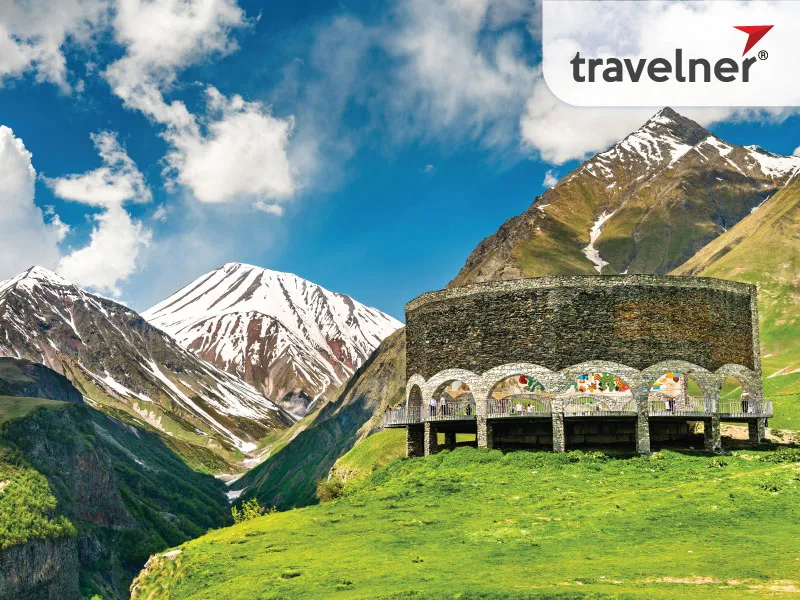
Why Should You Explore Nature Conservation Parks in Georgia?
Georgia boasts one of the most diverse and rich ecosystems in Europe, a crossroads between temperate and subtropical climates, fostering the development of many rare flora and fauna species. The nature conservation parks in Georgia were established not only to protect these unique ecological values but also to welcome visitors to explore, experience, and learn about nature.
Reasons to explore nature conservation parks in Georgia:
- Witness magnificent natural landscapes: From towering peaks, deep canyons, and cascading waterfalls to crystal-clear lakes, Georgia’s conservation parks will overwhelm you with the splendor and diversity of nature.
- Discover rich flora and fauna: Georgia is home to many rare and precious species of flora and fauna, including many endemic species found only in the Caucasus region. Visiting conservation parks offers the opportunity to observe wildlife in their natural habitat and admire the beauty of diverse plant species.
- Experience ecotourism activities: Nature conservation parks in Georgia offer many exciting ecotourism activities such as trekking, mountain climbing, camping, bird watching, kayaking, mountain biking, and more. These are great opportunities to improve your health, discover yourself, and enjoy the fresh air of nature.
- Learn about local culture and history: Many nature conservation parks in Georgia are not only ecologically valuable but also associated with local history and culture. You can explore historical sites, traditional villages, and learn about the lives of indigenous people while visiting the parks.
- Contribute to nature conservation: By visiting nature conservation parks, you not only have wonderful experiences but also contribute to nature conservation and sustainable tourism development in Georgia.
Top Most Famous Nature Conservation Parks in Georgia
Georgia has many national parks and nature reserves worth exploring. Here are some top suggestions for you:
1. Kazbegi National Park
Kazbegi National Park, located in northern Georgia, is one of the most popular destinations for nature lovers and adventure travelers. It is famous for the majestic Mount Kazbek (also known as Mkinvartsveri), one of the highest peaks in the Caucasus, covered in snow all year round.
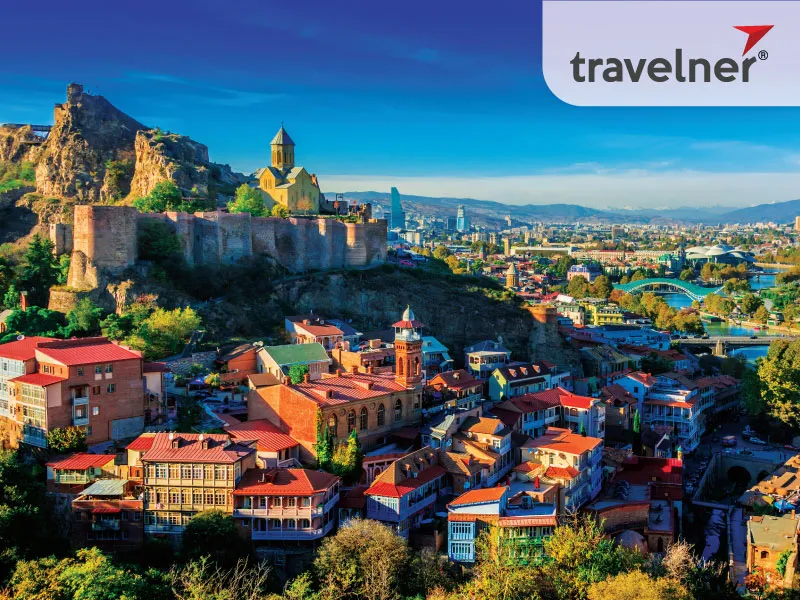
Highlights of Kazbegi National Park:
- Mount Kazbek: A dormant volcano with a height of 5,047 meters, it is a symbol of the Caucasus region and an ideal destination for experienced mountaineers.
- Gergeti Trinity Church: A 14th-century ancient church located on a high mountain peak, with stunning views of the Caucasus Mountains, it is one of the most iconic images of Georgia.
- Dariali Gorge: A deep and narrow gorge with towering cliffs, it is an impressive natural wonder and of significant historical importance.
- Truso Valley: A beautiful valley with hot mineral springs, lush green meadows, and ancient villages.
- Hiking and Mountaineering: Kazbegi National Park offers many hiking and mountaineering trails with varying difficulty levels, suitable for all skill levels.
Experiences when visiting Kazbegi National Park:
- Best time to visit: Summer (June – September) is the best time to visit Kazbegi, when the weather is warm and pleasant, suitable for outdoor activities.
- How to get there: You can reach Kazbegi by bus or taxi from Tbilisi (about 3-4 hours drive).
- Accommodation: There are many guesthouses, hotels, and homestays in Stepantsminda town (Kazbegi) for you to choose from.
- Activities: Hiking to Gergeti Trinity Church, exploring Dariali Gorge, visiting Truso Valley, climbing Mount Kazbek (for experienced climbers), horse riding, camping.
2. Borjomi-Kharagauli National Park
Borjomi-Kharagauli National Park is one of the largest national parks in Europe, stretching over a vast area in central Georgia. It is famous for its biodiversity, magnificent mountain landscapes, and natural hot springs.
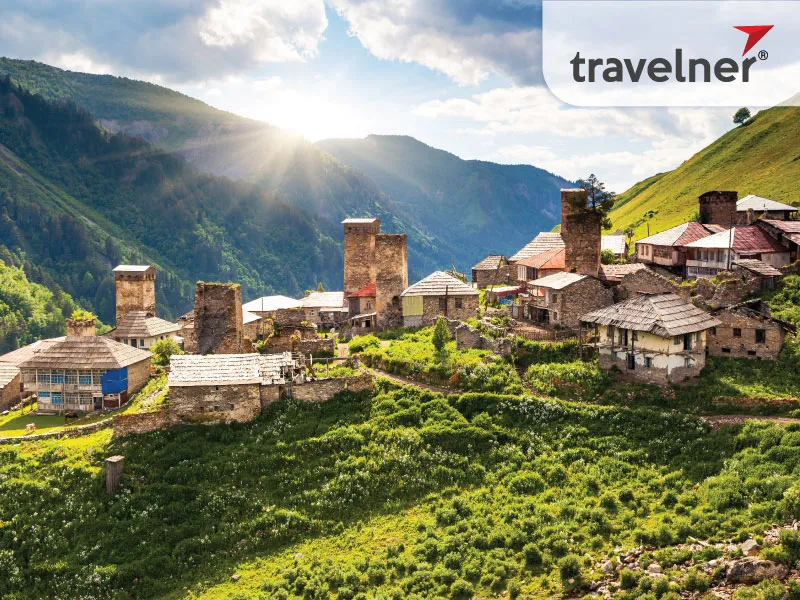
Highlights of Borjomi-Kharagauli National Park:
- Biodiversity: The reserve is home to many rare and endangered species of flora and fauna, including brown bears, wolves, lynx, red deer, golden eagles, and many other bird species.
- Mountain landscapes: With high mountain ranges, deep canyons, dense forests, and vast meadows, Borjomi-Kharagauli offers stunning and majestic natural scenery.
- Hot springs: Borjomi is famous for its natural hot mineral water springs, known for their therapeutic and relaxing properties. You can find hot spring resorts and public baths in the area.
- Hiking trails: The park has many well-marked hiking trails, with varying lengths and difficulty levels, allowing you to explore the beauty of nature in your own way.
Experiences when visiting Borjomi-Kharagauli National Park:
- Best time to visit: Summer and autumn (May – October) are the best times to visit, when the weather is dry and cool.
- How to get there: You can reach Borjomi by train or bus from Tbilisi (about 2-3 hours drive). From Borjomi, you can take a taxi or off-road vehicle to reach different areas of the park.
- Accommodation: There are many hotels, guesthouses, and homestays in Borjomi town and surrounding areas.
- Activities: Hiking on trails, bathing in hot springs, wildlife watching, camping, mountain biking, visiting Borjomi town.
3. Vashlovani National Park
Vashlovani National Park, located in southeastern Georgia, near the border with Azerbaijan, is a unique semi-desert region, distinct from other national parks in Georgia. It is famous for its desert landscapes, limestone canyons, shrub forests, and characteristic wildlife.
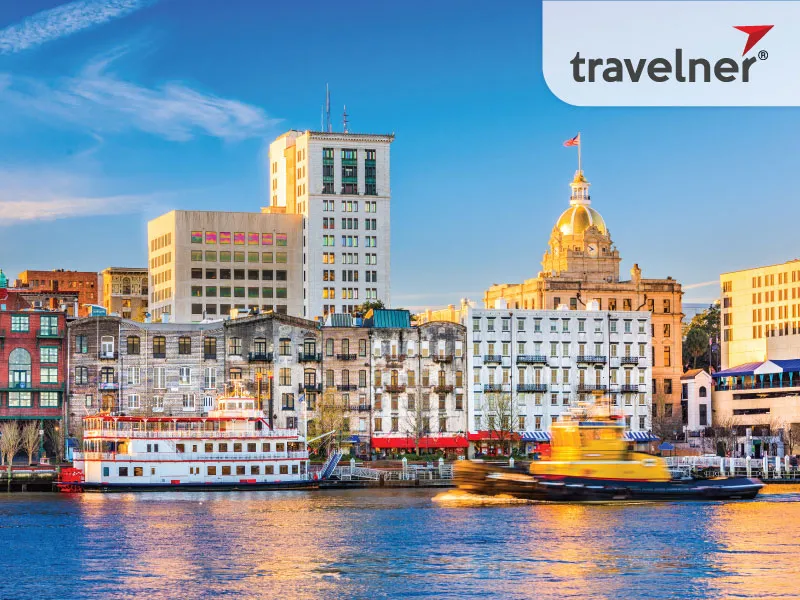
Highlights of Vashlovani National Park:
- Semi-desert landscape: Vashlovani offers a completely different landscape compared to the rest of Georgia, with sand dunes, limestone canyons, and arid grasslands.
- Wildlife: This area is home to many wildlife species adapted to arid environments, such as Gazelle, jackals, wild boars, turtles, and many species of birds of prey.
- Pantishara Gorge: A limestone canyon with colorful cliffs and bizarre shapes, it is an impressive attraction.
- Alazani Floodplain Forest: The forest along the Alazani River with unique and diverse flora.
- Bird Watching: Vashlovani is a great destination for bird watching, especially birds of prey and migratory birds.
Experiences when visiting Vashlovani National Park:
- Best time to visit: Spring (April – May) and autumn (September – October) are the best times to visit Vashlovani, when the weather is not too hot and more pleasant than summer.
- How to get there: Vashlovani is located in a remote area with difficult transportation. The best way to get here is to rent a 4×4 off-road vehicle from Tbilisi or nearby cities.
- Accommodation: There are some campsites in the national park and some simple guesthouses in nearby villages.
- Activities: Exploring the desert landscape by off-road vehicle, hiking in Pantishara Gorge, wildlife and bird watching, camping, visiting historical sites.
4. Lagodekhi Protected Areas
Lagodekhi Protected Areas, located in northeastern Georgia, near the border with Azerbaijan and Dagestan (Russia), is one of the oldest nature reserves in the Caucasus region. It is famous for its primeval forests, beautiful waterfalls, and diverse flora and fauna.
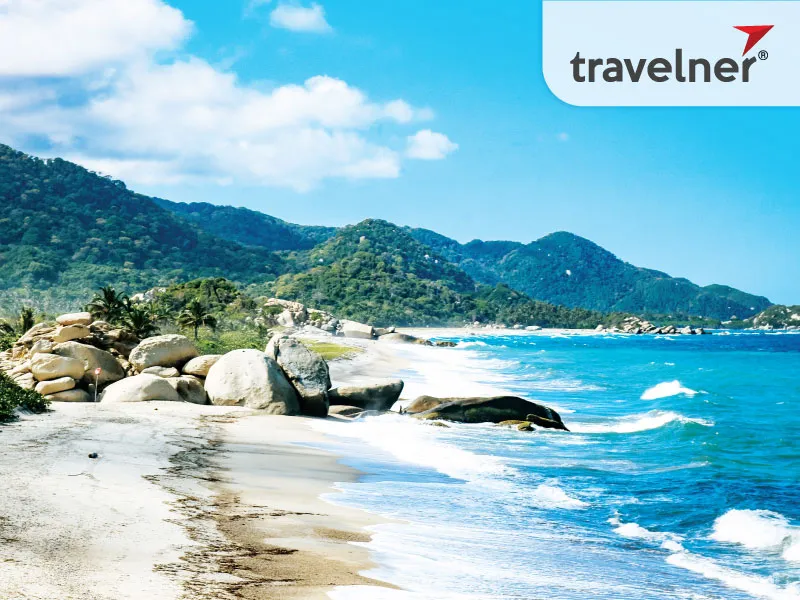
Highlights of Lagodekhi Protected Areas:
- Primeval Forests: Lagodekhi is one of the few remaining areas of primeval forest in Europe, with ancient trees hundreds of years old and rich flora.
- Waterfalls: The reserve has many waterfalls of varying sizes, of which Gurgeniani Waterfall and Black Grouse Waterfall are the most famous destinations.
- Alpine Lakes: Black Rock Lake and other Alpine lakes located in the high mountains offer beautiful and pristine natural scenery.
- Hiking and Mountaineering: Lagodekhi offers many hiking and mountaineering trails with varying difficulty levels, through dense forests, waterfalls, and mountain lakes.
- Wildlife Watching: The reserve is home to many wildlife species, including brown bears, red deer, Caucasian chamois, and many rare bird species.
Experiences when visiting Lagodekhi Protected Areas:
- Best time to visit: Spring, summer, and autumn (April – October) are the best times to visit Lagodekhi.
- How to get there: You can reach Lagodekhi by bus or taxi from Tbilisi (about 3-4 hours drive).
- Accommodation: There are some guesthouses and homestays in Lagodekhi town and surrounding villages.
- Activities: Hiking to Gurgeniani Waterfall and Black Grouse Waterfall, climbing to Black Rock Lake, wildlife watching, camping, horse riding.
5. Kolkheti National Park
Kolkheti National Park, located in the western coastal region of Georgia, along the Black Sea coast, is a unique wetland area with a diverse ecosystem, including lakes, swamps, mangrove forests, and black sand beaches.

Highlights of Kolkheti National Park:
- Wetland Ecosystem: Kolkheti is one of the most important wetland areas in the Black Sea region, of great ecological value and a haven for many migratory bird species.
- Paliastomi Lake: The largest freshwater lake in Georgia, located within the national park, is an attractive destination for boating and bird watching.
- Pichori and Supsa Rivers: Rivers flowing through the national park, creating a characteristic river landscape and habitat for many fish and aquatic animals.
- Black Sand Beaches: Kolkheti’s unique black sand coastline is an interesting destination for relaxing and swimming.
- Waterbird Watching: Kolkheti is a paradise for bird lovers, with hundreds of different waterbird and migratory bird species that can be observed here.
Experiences when visiting Kolkheti National Park:
- Best time to visit: Spring and autumn (April – May and September – October) are the best times for migratory bird watching. Summer (June – August) is suitable for water activities and swimming.
- How to get there: You can reach Kolkheti by bus or train from Tbilisi or Batumi.
- Accommodation: There are some guesthouses and hotels in coastal towns near the national park, such as Poti and Ureki.
- Activities: Kayaking on Paliastomi Lake and Pichori River, waterbird watching, hiking along the coast, swimming, fishing, visiting coastal fishing villages.
Useful Tips and Experiences When Visiting Georgian Nature Conservation Parks
To have a smooth and memorable visit to the nature conservation parks in Georgia, you should note some of the following experiences:
- Plan ahead: Research information about the park you want to visit, including location, opening hours, entrance fees, hiking trails, available activities, etc. Book accommodation and necessary services in advance, especially during peak season.
- Choose the right time: Weather and season greatly affect the park visiting experience. Choose a time that suits your preferences and activities you want to participate in.
- Prepare appropriate clothing and gear: Bring comfortable clothes, hiking shoes, hat, sunglasses, sunscreen, insect repellent, personal water bottle, and snacks. If you plan to camp or climb mountains, prepare full specialized equipment.
- Follow park regulations: Respect nature and follow park regulations, such as no littering, no noise, no picking flowers or breaking branches, no feeding wildlife, etc.
- Hire a local guide: If you want to explore the park in more depth and ensure safety, hire an experienced local guide. They will help you learn about the ecosystem, history, and culture of the area, as well as provide useful advice.
- Bring a camera and binoculars: Don’t forget to bring a camera to capture beautiful moments and binoculars to observe wildlife from a distance.
- Purchase travel insurance: To ensure peace of mind throughout your trip, you should purchase travel insurance that covers risks related to outdoor activities.
Conclusion
The nature conservation parks in Georgia are precious gems waiting for you to discover. With magnificent natural landscapes, rich flora and fauna, and diverse ecotourism activities, Georgia is sure to provide you with unforgettable experiences. Plan your journey to explore Georgian nature today and enjoy the wonders that this beautiful country offers!